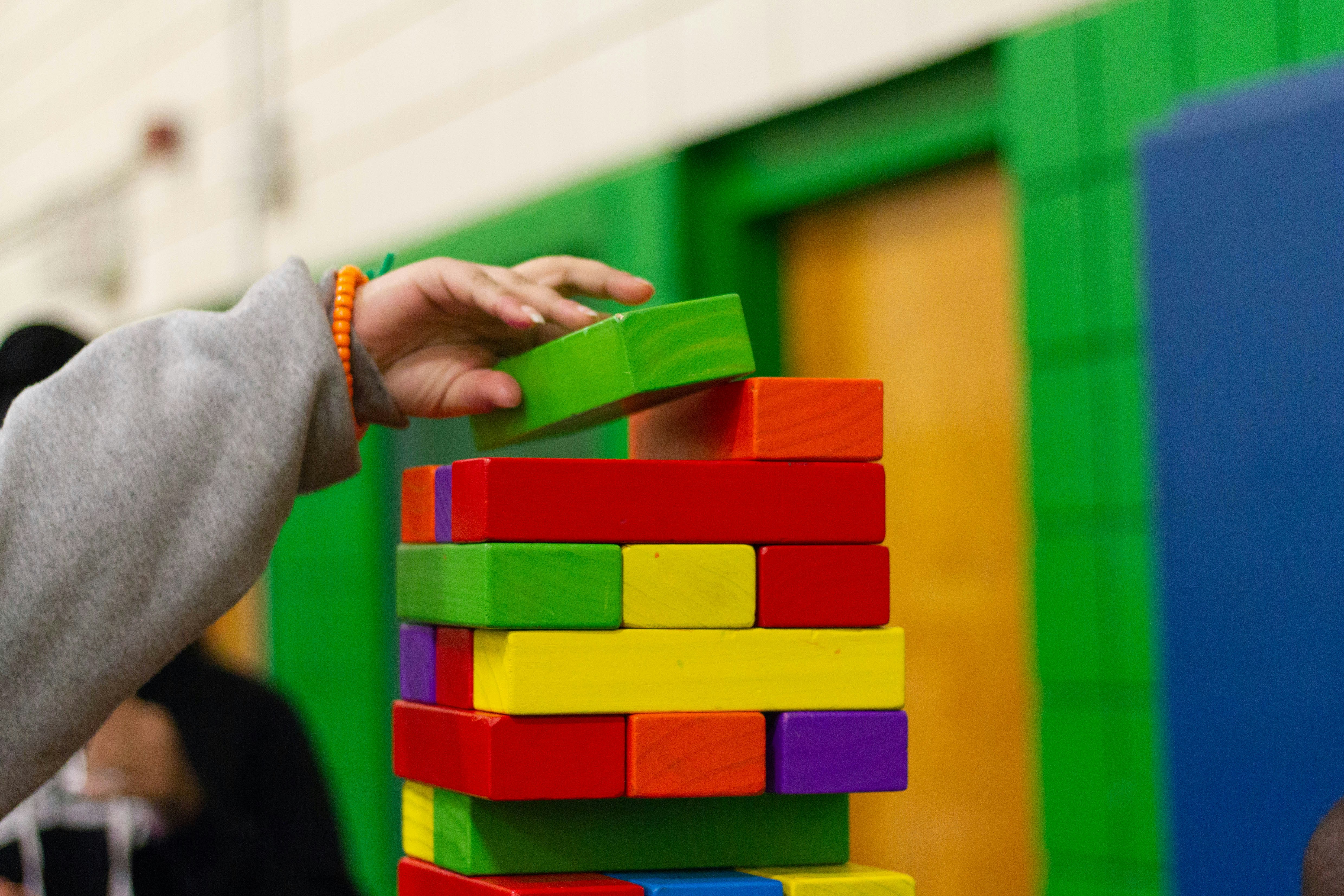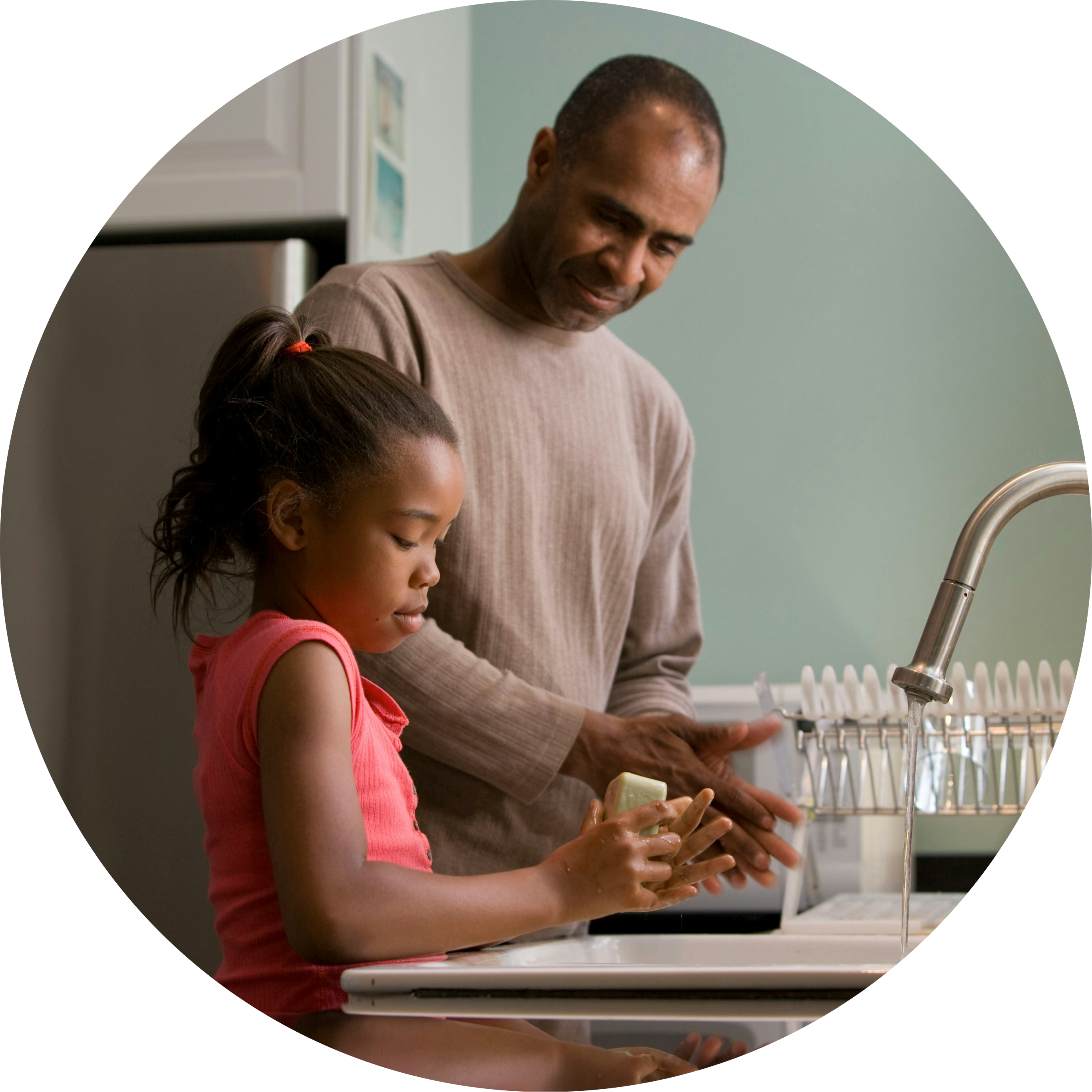
The Power of Play: How to Create a Playful Learning Environment at Home
As moms, we often juggle a million responsibilities, but one of the most crucial is fostering our children’s development. At the heart of this is play—an essential ingredient for growth that nurtures creativity, social skills, and cognitive development. When we prioritize play, we set the stage for our little ones to explore, learn, and thrive. Let’s dive into how you can create a playful learning environment at home that supports your child's journey in these formative years.
The Importance of Play in a Child's Development
Play is not just a way for kids to pass the time; it’s their primary method of learning about the world. Through play, children develop critical skills like problem-solving, communication, and emotional intelligence. Research shows that children engaged in play-based learning exhibit higher levels of creativity and adaptability. By embracing play as a vital part of daily life, we empower our kids to explore their interests and express themselves freely.

Designing Play Areas at Home
Creating dedicated play areas in your home can significantly enhance your child's learning experience. Start by designating specific zones for different types of play:
- Imaginative Play: Set up a corner with costumes, props, and a play kitchen to inspire creativity. Encourage storytelling and role-playing, which help develop language skills and emotional understanding.
- Sensory Play: Use bins filled with rice, beans, or water beads. This hands-on experience is fantastic for toddlers and preschoolers, fostering fine motor skills and sensory exploration.
- Structured Learning: Include a space for puzzles, building blocks, and art supplies to encourage problem-solving and critical thinking.
Organizing these spaces is key. Use clear bins and labels so that kids can easily access and tidy up their materials. A clean, organized area promotes independent play and makes it easier for children to dive into their learning adventures.
Selecting Age-Appropriate Toys and Games
Choosing the right toys can make all the difference in promoting a play-based learning environment. Here are some guidelines:
- Infants (0-1 year): Focus on sensory toys that encourage exploration through touch and sound, like rattles or textured blankets.
- Toddlers (1-3 years): Look for building blocks, simple puzzles, and toys that encourage imaginative play, such as dolls and action figures.
- Preschoolers (3-5 years): Educational games that introduce early math, literacy, and science concepts—think counting games or nature kits—are perfect.
- School-Age (6+ years): Opt for more complex puzzles, board games, and science kits that challenge their critical thinking skills.
Balancing digital and non-digital playtime is crucial. While educational apps can be beneficial, ensure screen time doesn’t replace hands-on, imaginative play. Aim for a ratio of 1:1, promoting active engagement over passive consumption.
Integrating Learning into Playtime
To make the most of playtime, consider these strategies for integrating learning goals into everyday activities:
- Math: Set up a "store" where kids can "buy" items using play money. This not only reinforces counting but also introduces basic addition and subtraction.
- Language: Encourage storytelling by having kids narrate their play. This enhances vocabulary and communication skills.
- Science: Create simple experiments, like growing plants in different conditions or observing weather changes. Engaging with the natural world instills curiosity and observation skills.
Encouraging problem-solving and creativity is vital. Ask open-ended questions during play: "What happens if...?" or "How could we make this even better?" This promotes critical thinking and helps children learn to express their ideas confidently.

A play-based learning environment is not just a temporary setup; it lays the foundation for lifelong skills and values. By prioritizing play, you’re giving your child the tools to explore, imagine, and learn. So, let’s commit to fostering a space where laughter and learning go hand in hand. As moms, we have the power to create rich, engaging environments that support our children’s growth. Embrace the magic of play, and watch your little ones flourish!